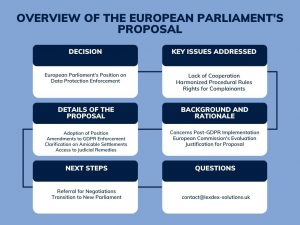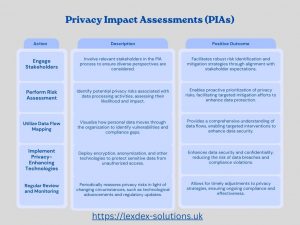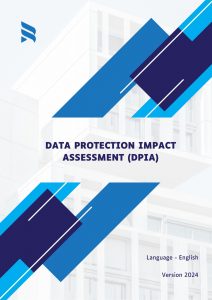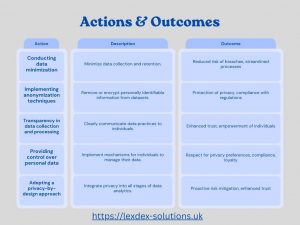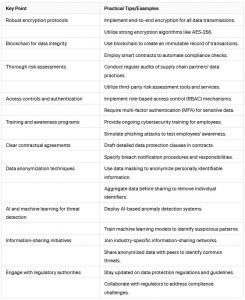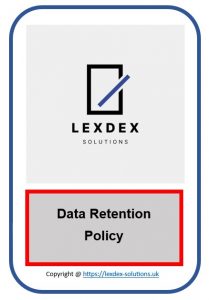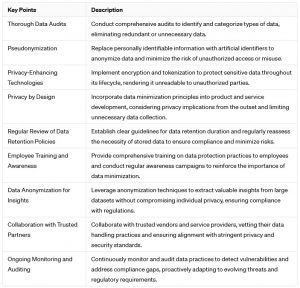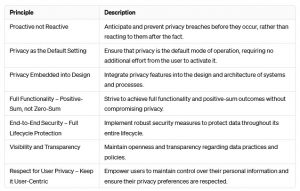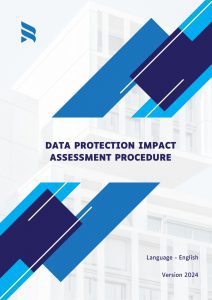The question “How To Protect Employee Privacy Rights and Confidential Information?” is paramount for maintaining trust and compliance within organizations.
Employees entrust sensitive information to their employers, including personal details, financial data, and confidential work-related information.
The mishandling of this data can lead to severe consequences, including breaches of privacy rights and legal ramifications.
Therefore, it’s crucial for businesses operating in the UK to prioritize the safeguarding of employee data.
Legal Obligations and Employee Privacy Rights:
Under UK data protection laws, organizations have legal obligations to ensure the protection of employee data.
These laws, including the General Data Protection Regulation (GDPR) and the Data Protection Act 2018, outline the rights of individuals regarding their personal data.
Employees have the right to know how their data is being used, the right to access their data, and the right to request corrections or deletions of inaccurate information.
Employers must comply with these regulations to avoid fines and penalties and, more importantly, to uphold the fundamental rights of their employees.
Secure Storage and Management of Employee Data:
One of the primary strategies for protecting employee data is to implement secure storage and management practices.
This includes utilizing encrypted databases and secure servers to store sensitive information.
Access to employee data should be restricted to authorized personnel only, with stringent authentication measures in place.
Regular audits and monitoring can help identify and address any vulnerabilities in data storage systems.
Implementing Access Controls and Encryption:
Access controls play a vital role in preventing unauthorized access to employee data.
Employers should implement role-based access controls, ensuring that employees only have access to the data necessary for their job roles.
Furthermore, encryption techniques should be employed to protect data both at rest and in transit.
This ensures that even if data is intercepted, it remains unreadable and secure.
Training and Awareness Initiatives:
Effective training and awareness initiatives are essential for promoting a culture of data privacy within the organization.
Employees should be educated about the importance of protecting sensitive information and the potential consequences of data breaches.
Training programs can cover topics such as recognizing phishing attempts, creating strong passwords, and securely handling data.
Regular reminders and updates help reinforce these practices and keep data privacy top of mind for employees.
In conclusion, safeguarding employee data is not only a legal obligation but also a moral imperative for organizations in the UK.
By prioritizing employee data privacy, businesses can foster trust among their workforce and demonstrate their commitment to ethical practices.
Implementing secure storage and management protocols, access controls, encryption techniques, and comprehensive training programs are crucial steps in protecting employee data.
Ultimately, by valuing and respecting the privacy rights of employees, organizations can mitigate risks, maintain compliance, and uphold their reputation as responsible custodians of sensitive information.
For businesses seeking guidance on developing comprehensive data protection policies, we offer a customizable Employee Privacy Policy template to help you establish best practices and ensure compliance.
Get in touch with us today to access the template and safeguard your employee data effectively.



